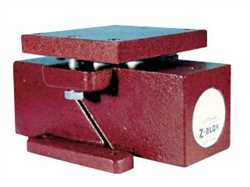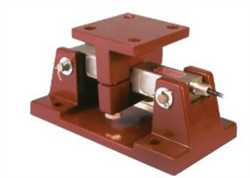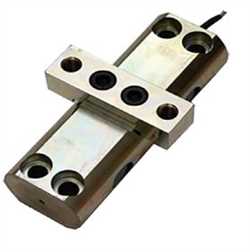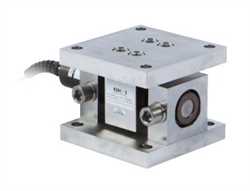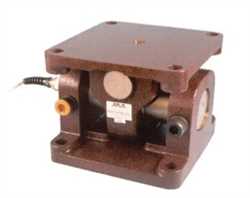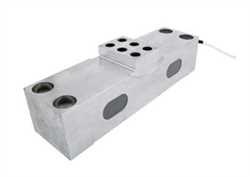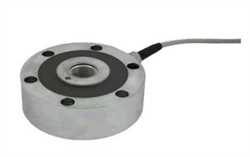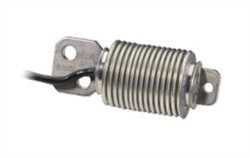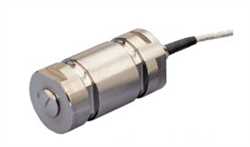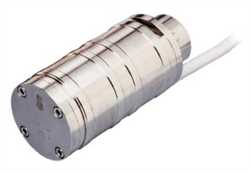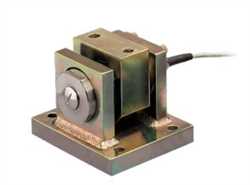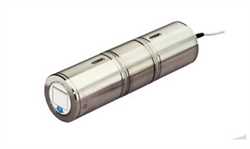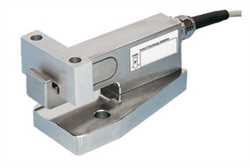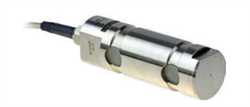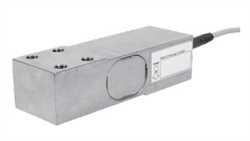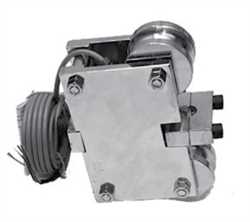VISHAY BLH LCc-II Load Cell Calibrator
BRAND : VISHAY BLH
The LCc-II load cell calibration indicator uses microprocessor technology to store ten individual, ten point linearized, load cell calibration curves. This capability allows this device to be used as a calibration force measurement indicator with up to ten different load cells. In addition, the LCc is pre-configured at the factory to read actual load cell mV/V outputs for use as a measurement standard with virtually any load cell or other Wheatstone bridge based transducer. For portability, a ruggedized enclosure with transducer selection switch and carry handle is provided. If documentation is required, units have a serial printer communication interface. Hot key displays provide instant access to cell mV/V output, peak, valley, zero, and tare values. To check calibration, three standard values are switch selectable along with a fourth provision for a user supplied resistor. Rear panel tension or compression selection reverses polarity if needed. Signal communication is available in 16 bit analog output and RS-422/485 digital formats. The RS-422 signal can be used for printouts or a full, bi-directional PC interface. When combined with master (NIST calibrated) load cells, the LCc-II becomes a highly accurate system for checking and calibrating other force and weight measurement equipment.
Details
The LCc-II load cell calibration indicator uses microprocessor technology to store ten individual, ten point linearized, load cell calibration curves. This capability allows this device to be used as a calibration force measurement indicator with up to ten different load cells. In addition, the LCc is pre-configured at the factory to read actual load cell mV/V outputs for use as a measurement standard with virtually any load cell or other Wheatstone bridge based transducer. For portability, a ruggedized enclosure with transducer selection switch and carry handle is provided. If documentation is required, units have a serial printer communication interface. Hot key displays provide instant access to cell mV/V output, peak, valley, zero, and tare values. To check calibration, three standard values are switch selectable along with a fourth provision for a user supplied resistor. Rear panel tension or compression selection reverses polarity if needed. Signal communication is available in 16 bit analog output and RS-422/485 digital formats. The RS-422 signal can be used for printouts or a full, bi-directional PC interface. When combined with master (NIST calibrated) load cells, the LCc-II becomes a highly accurate system for checking and calibrating other force and weight measurement equipment.
